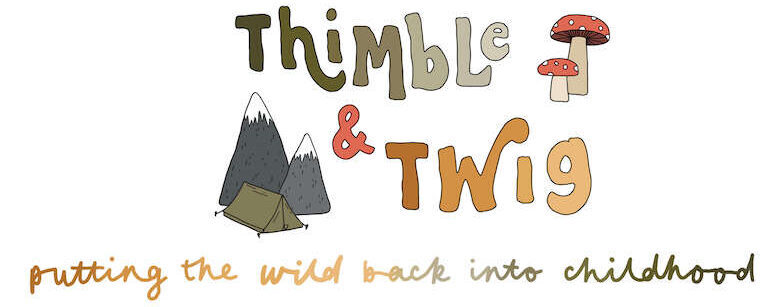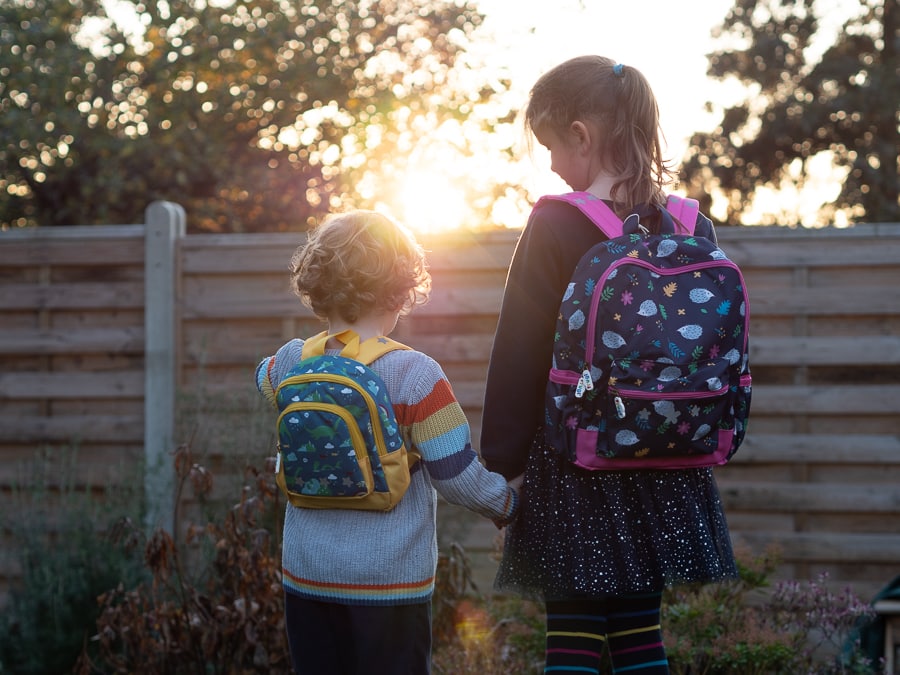Nature-Based Learning: Educational Outdoor Activities


When you consider the role of outdoor activities in education, it’s clear that nature-based learning can transform the way students engage with their surroundings. You might wonder how activities like nature walks or gardening can enhance critical skills while fostering a connection to the environment. As you explore various types of outdoor experiences, you’ll find that integrating these into the curriculum isn’t just beneficial—it’s essential. But what are the specific strategies educators can use to make this shift effective? The answers could redefine your approach to teaching.
Importance of Nature-Based Learning
Nature-based learning is more than just a trend; it’s a transformative approach that connects you with the environment while enhancing education. By stepping outside the classroom and immersing yourself in nature, you tap into a wealth of sensory experiences that enrich your understanding of complex concepts.
Whether you’re observing the growth of plants, studying local wildlife, or exploring ecosystems, each moment spent outdoors fosters curiosity and encourages critical thinking. Engaging with nature allows you to see firsthand how interconnected everything is. You learn to appreciate biodiversity and understand the delicate balance that sustains our planet.
This kind of learning cultivates a sense of stewardship, inspiring you to take an active role in protecting the environment. Moreover, nature-based learning offers unique opportunities for collaboration. Working alongside peers in outdoor settings fosters teamwork and communication skills, essential tools for success in any field.
As you navigate challenges in the natural world, you build resilience and adaptability, traits that will serve you well throughout life. Embrace nature-based learning, and watch as it transforms your educational journey, igniting a passion for discovery that lasts a lifetime.
Benefits for Student Engagement
When you step outside the traditional classroom, you’ll discover that engaging with nature can markedly boost student participation and enthusiasm. Nature-based learning offers a revitalizing break from conventional methods, igniting curiosity and fostering a deeper connection to the material.
Here are some key benefits you can expect:
- Enhanced Focus: Being outdoors often reduces distractions, allowing students to concentrate better on their tasks and lessons.
- Improved Collaboration: Outdoor settings encourage teamwork and communication, as students must work together to navigate activities and challenges.
- Increased Motivation: The fresh air and dynamic environment stimulate students’ senses, making learning more enjoyable and inspiring a willingness to participate.
- Stronger Retention: Hands-on experiences in nature help solidify knowledge, making it easier for students to remember what they’ve learned through practical application.
Types of Outdoor Activities
Outdoor learning isn’t just about being outside; it’s about the diverse activities that can bring lessons to life. You can explore a variety of outdoor activities that engage students’ minds and bodies, making learning an adventure.
Consider nature walks, where you observe local flora and fauna, sparking curiosity about ecosystems and biodiversity. You might also immerse yourself in hands-on science experiments, like soil testing or water quality assessments, helping students understand environmental science in real-time.
Gardening is another fantastic activity. It teaches responsibility, patience, and the science of growth while providing a sensory experience.
Or, how about incorporating art? Nature-inspired art projects encourage creativity and observation, allowing students to express what they see and feel about their environment.
Don’t forget about team-building games. Activities like scavenger hunts or outdoor sports foster collaboration, communication, and problem-solving skills.
Each of these outdoor activities not only enhances knowledge but also strengthens social connections and personal insights.
Integrating Nature Into Curriculum
Integrating nature into your curriculum opens up a world of possibilities for enriching student learning. By bringing the outdoors into your lessons, you engage students’ senses and inspire curiosity.
Here are four effective ways to weave nature into your teaching:
- Outdoor Science Experiments: Transform your science lessons by conducting experiments outside. Observing nature firsthand can deepen understanding and spark inquiry.
- Nature Journaling: Encourage students to keep a nature journal where they document their observations and reflections. This practice enhances writing skills while fostering a connection to the environment.
- Field Trips: Organize field trips to local parks, botanical gardens, or nature reserves. These experiences provide real-world context and allow students to explore ecosystems beyond the classroom walls.
- Cross-Disciplinary Projects: Collaborate with colleagues to design projects that incorporate nature across subjects. For instance, combine art and science by having students create nature-inspired artwork or conduct research on local flora and fauna.
Safety Considerations for Outdoor Learning
Safety is an essential aspect of any successful outdoor learning experience, and taking a few proactive steps can guarantee that students stay safe while exploring nature.
First, you should assess the environment where your activities will take place. Look for potential hazards such as unstable terrain, poisonous plants, or dangerous wildlife. Inform your students about these risks and establish clear guidelines to avoid them.
Next, make sure that all participants are dressed appropriately for the weather and the activity at hand. Encourage sturdy footwear, layered clothing, and sun protection. It’s also wise to have a first aid kit on hand, so you’re prepared for minor injuries that may occur.
Communication is key; set up a buddy system so that students look out for one another. Before heading out, hold a briefing session to discuss safety rules and emergency procedures.
Tools and Resources for Educators
When it comes to facilitating nature-based learning, a variety of tools and resources can enhance your teaching experience and enrich your students’ engagement with the environment.
These resources not only support your curriculum but also inspire curiosity and a love for nature among your students. Here are four essential tools you might consider:
- Field Guides: Equip your students with field guides specific to local flora and fauna. These guides help them identify plants and animals, fostering a deeper connection to their surroundings.
- Journals: Encourage your students to keep nature journals. Writing and sketching their observations can deepen their understanding and appreciation of the environment.
- Observation Tools: Provide binoculars, magnifying glasses, or even simple measuring tools. These can make exploration more interactive and allow students to investigate their environment closely.
- Online Resources: Utilize websites and apps that offer lesson plans, videos, and interactive activities related to nature. This digital aspect can complement hands-on experiences and broaden learning opportunities, making it especially useful for students enrolled in online schools k-12.
Success Stories and Case Studies
Many educators have successfully implemented nature-based learning in their classrooms, demonstrating the powerful impact it can have on student engagement and understanding.
For instance, a fifth-grade teacher in California transformed her science curriculum by incorporating outdoor lessons. She took her students to a local park, where they observed ecosystems firsthand, leading to a 30% increase in test scores on related topics.
In another case, a middle school in Oregon partnered with a nearby nature reserve. Students participated in hands-on projects, like building birdhouses and planting native species. This initiative not only enhanced their environmental literacy but also fostered teamwork and responsibility, creating a sense of community among the students.
These success stories highlight that when you take learning outside, you’re not just teaching content; you’re sparking curiosity and inspiring a love for nature.
By engaging students in real-world experiences, you’re helping them connect the dots between classroom lessons and the environment around them.
Encouraging Family Involvement
Regularly involving families in nature-based learning not only enriches the educational experience but also strengthens the bond between home and school.
When families participate, they foster a deeper appreciation for nature and create memorable shared experiences.
Here are some effective ways to encourage family involvement in these outdoor activities:
- Host Family Nature Days: Organize events where families can explore nature together, participate in guided hikes, or engage in fun, hands-on activities like planting or building birdhouses.
- Create Nature Journals: Encourage families to maintain journals documenting their outdoor experiences, observations, and reflections. This promotes ongoing learning and discussion at home.
- Volunteer Opportunities: Invite families to join in on school gardening projects or nature clean-up days. This cultivates a sense of community and responsibility towards the environment.
- Family Workshops: Offer workshops that teach skills like birdwatching or foraging, allowing families to learn together while connecting with nature in a meaningful way.
As you step outside, breathe in the fresh air and let the rustling leaves whisper their secrets. Embracing nature-based learning opens a vibrant world where curiosity flourishes and bonds with the environment deepen. Picture your students exploring, collaborating, and thriving in the great outdoors, their laughter mingling with the sounds of nature. By weaving these experiences into education, you ignite a passion for learning and a lifelong love for our planet. Let the adventure begin!






